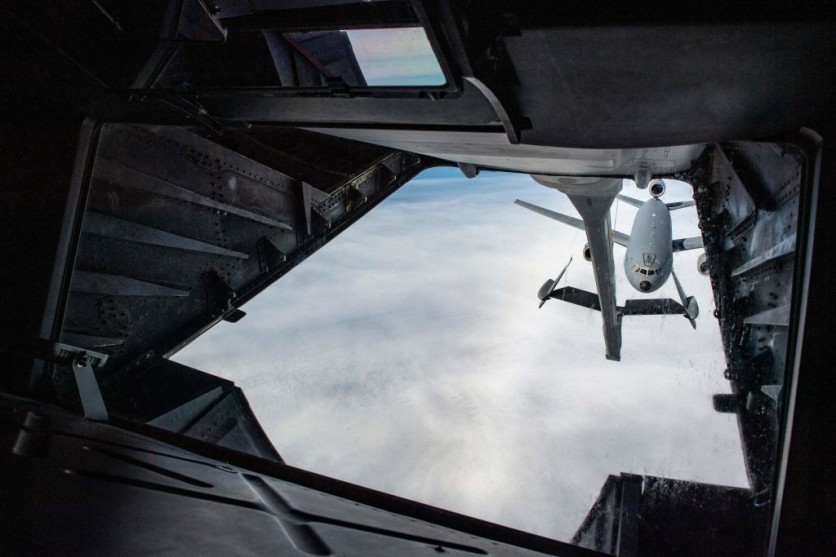The US Army's Future Long-Range Assault Aircraft (FLRAA) program has chosen Textron's Bell to develop the aircraft, marking the largest helicopter purchase the army has made in the last 40 years, according to Defense News.
The development and testing of Bell's V-280 Valor tiltrotor, the basis for the award, took place under the Joint Multi-Role Technology Demonstrator (JMR TD) program launched as early as 2013.
Design, production, and more than three years of meticulous flight testing of the V-280 produced a wealth of data that validated the aircraft's technological and operational advantages for its upcoming long-range assault role in the Army.

"Exciting Time"
"This is an exciting time for the US Army, Bell, and Team Valor as we modernize the Army's aviation capabilities for decades to come," Mitch Snyder, president, and CEO of Bell said in a press release statement.
Bell claims that it holds a long history in the field of Army aviation, making them more than ready to supply soldiers with an affordable high-performance range assault aircraft equipped with the necessary speed and range.
Around 2,000 Black Hawk utility helicopters will be replaced by the more than $1.3 billion purchase of the next-generation helicopter, as per Defense News. In 2030, FLRAA will replace the Black Hawk, which has long been the Army's mainstay for transporting troops to and from war zones.
Along with other legacy aircraft, the Army's Future Vertical Lift Program aims to replace 1,200 Apache assault helicopters by using advanced teaming formations of FLRAA and the Future Attack Reconnaissance Aircraft.
The Army hopes that FLRAA is nimble enough to deploy troops into risky areas and be able to traverse approximately 2,440 nautical miles (or 2,810 miles) without the need to refuel.
Read Also: US Air Force Receives First 'Fighter-Mounted Laser Weapon' That Can Combat Hypersonic Missiles!
A Decade Worth of Advancements
The recent award banks on a decade worth of advancements made by the V-280 Valor in production and design to show that this aircraft would meet FLRAA program standards.
Bell said that they have thoroughly tested the aircraft's performance and its open systems approach with the help of the Army and several industry partners.
Defense News claims that the aircraft's low-production phase, which includes engineering and manufacturing development, could be worth about $7 billion.
Maj. Gen. Rob Barrie, the Army's program executive officer for aviation, stated that if the "full complement" of the aircraft is purchased throughout the fleet's life, the project could be worth up to $70 billion, including prospective sales to foreign militaries.
Related Article : US Military Will Use 'High-Altitude Hot Air Balloons' to Prevent Hypersonic Missiles Against China and Russia





